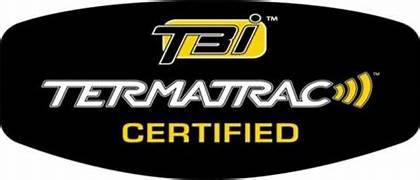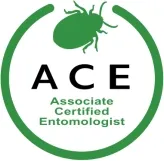Venomous Spiders in Alabama
Spiders can be a frightening sight for many people, but in Alabama, some species can be more than just a nuisance. Venomous spiders are a real concern for homeowners and businesses alike, as they can pose a serious threat to human health and safety.
Read More
Alabama Roaches
Alabama is lucky because, unlike our northern neighbors, our winters experience warm, mild weather from the gulf. However, one of the trade-offs of living in a climate with forgiving winters means we experience cockroaches more frequently.
Read More
Most Common Alabama Snakes
If we were to put together a list of the most unfairly maligned and feared animals on Earth, snakes would probably be at or near the top.
Read More










